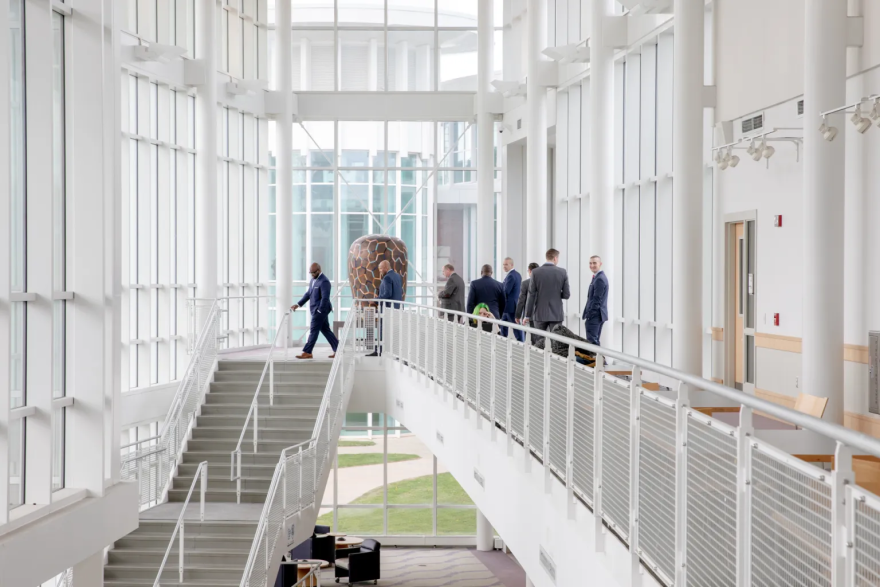Connecticut’s 12 community colleges will soon formally merge into one — becoming the biggest institution of higher education in the state.
After receiving its accreditation from the New England Commission of Higher Education earlier this month, the Connecticut State Community College will be considered one college with multiple campuses across the state as of July 1.
“This merger has been about ensuring we meet the needs of the students we serve. I am more confident than ever, after this vote of confidence from our accreditor, that we will be in a position to provide better, more accessible educational options and improved services,” said Terrence Cheng, president of the Connecticut State College and Universities system.
The university system began discussing a merger of its community colleges more than six years ago, citing financial concerns and declining enrollment among the reasons for the proposed consolidation. The initial plan included savings upward of $40 million through “the elimination of ‘levels of non-teaching personnel’” and “administrative consolidation,” according to several 2017 advisories on the subject.
“While there is still much work to be done through a continuous improvement process, this announcement [about the accreditation] marks a pivotal milestone in our college’s early history in establishing our mission of transforming lives and communities here in the great state of Connecticut through higher education,” said John Maduko, who will serve as president of the merged community college.
Despite administrators’ excitement about the merger, faculty and staff members have been resistant, arguing that they were left out of the conversation in initial planning stages and often ignored as the program moved forward.
“The challenge was that, six years ago, when faculty and staff did participate, they still were not listened to. We were kind of at the table, but we were just being ignored,” Seth Freeman, the president of the 4Cs, the union representing workers at the state’s community colleges. “It wasn’t until much later in the process, probably the last two years perhaps, where the faculty and staff unions got more involved in the process and some of the details about moving people into new positions and other changes that would involve union leadership in different ways.”
Beyond internal conflict, Freeman added that staff members have had concerns about fiscal matters, including what he said will become a funding “crisis” for the state’s universities and colleges system.
Funding for state universities and colleges has been an ongoing concern during this year’s legislative session, with potential layoffs or program cuts threatened during calls for more state money.
The new $51.1 billion two-year state budget would provide state universities and community colleges with about $630 million next fiscal year. The system received $620 million in the current fiscal year.
But in 2024-25, the regional universities and community colleges would be expected to get by with about $115 million less than they received in 2023-24.
“It’s gonna be devastating to our students. … We are already hearing about our part-time staff being cut, or threatened to be cut, in various departments,” Freeman said. “We’re [also] talking about [cuts to] services ranging from libraries, tutoring, campus safety, our food pantries — student services that our students rely on.”
With the merger, existing students will be moved into “aligned programs” in six areas of study: arts and humanities, engineering and technology, nursing and health careers, business and hospitality, science and mathematics, and social and behavioral sciences. Students who are enrolling in the fall will have access to classes at any campus across the state and will also be able to file for financial aid and ask for their transcript through one system.
“Our next steps will be to continue finalizing the technical and regulatory aspects of the merger, prepare to welcome CT State’s inaugural class this fall semester, address the concerns around the logistics of the merger, and work in partnership with our faculty and staff to stabilize the initial aspects of our new college,” Maduko said.
Community college campuses are located in Enfield, Hartford, New Haven, Bridgeport, Manchester, Middletown, Waterbury, Danielson, Winsted, Norwalk, Norwich and Farmington, in addition to “several satellite learning centers” in Danbury, Bristol, Willimantic, North Haven and Meriden, according to the college’s website.
Over 60,000 students have enrolled in classes at community colleges in Connecticut each year. About 4,000 students graduated with credentials last month.

